3 THE MYTH OF THE JACK RUSSELL TERRIER
THE MYTH OF THE JACK RUSSELL TERRIER
by David Hancock
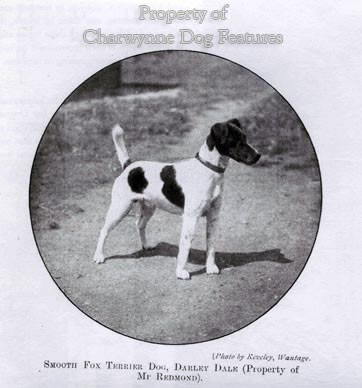 Before the Great War, the Fox Terrier, in its two coats, could muster over 3,000 registrations; nowadays the wire-hairs total less than 800 a year, the smooths less than 200. But nearly twenty years ago into the annual Kennel Club terrier list came the Parson Jack Russell Terrier (later the Jack was dropped), with just under 700. Before 1990, despite the formation of clubs for the type, there were no Russells registered with the KC, the ‘breed’ was not even recognised by them. But Jack Russells have been with us a very long time, in the field if not in the show rings and in some numbers. The Parson Jack Russell Club was formed in 1983, to prevent a lower height dog becoming the norm. Outside the show ring there are probably a greater number of Jack Russells being born than there were Fox Terrier registrations before the Great War. The Reverend John Russell was a Fox Terrier man. He did not dock his terriers’ tails. He did not strive to create a breed of terrier. But at a dog show in the 1870s, which attracted an entry of 150, he remarked: “I seldom or never see a real Fox Terrier nowadays.”
Before the Great War, the Fox Terrier, in its two coats, could muster over 3,000 registrations; nowadays the wire-hairs total less than 800 a year, the smooths less than 200. But nearly twenty years ago into the annual Kennel Club terrier list came the Parson Jack Russell Terrier (later the Jack was dropped), with just under 700. Before 1990, despite the formation of clubs for the type, there were no Russells registered with the KC, the ‘breed’ was not even recognised by them. But Jack Russells have been with us a very long time, in the field if not in the show rings and in some numbers. The Parson Jack Russell Club was formed in 1983, to prevent a lower height dog becoming the norm. Outside the show ring there are probably a greater number of Jack Russells being born than there were Fox Terrier registrations before the Great War. The Reverend John Russell was a Fox Terrier man. He did not dock his terriers’ tails. He did not strive to create a breed of terrier. But at a dog show in the 1870s, which attracted an entry of 150, he remarked: “I seldom or never see a real Fox Terrier nowadays.”
Parson Russell favoured a terrier with length of leg, a narrow chest, a well-boned skull and a thick hard dense close-lying coat. He modelled his terriers on Rubie’s and Tom French’s Dartmoor Terrier and his first terrier Trump was the size of a full grown vixen, with legs as straight as arrows and a coat that was thick, close and wiry. He selectively bred from good working dogs to produce more good working dogs – not to establish a physically-identifiable type as a distinct breed. Many foxhound kennels favoured his type of hunt terrier, but it was essentially a working wire-haired Fox Terrier, never a separate breed. Truly, a real Jack Russell is a smaller wire-haired Fox Terrier and many a smaller wire-haired Fox Terrier could be called a Jack Russell. The Reverend Russell, a founder member of the Kennel Club, judged Fox Terriers at the Crystal Palace show of 1874. In the breeding of his working terriers, Russell used a show bench Fox Terrier sire, Old Jock. But at that time much of the show bench stock came from hunt kennels.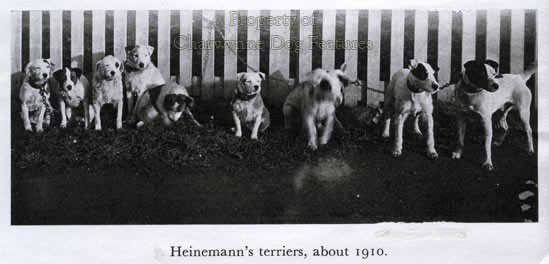
Sixty years or so ago, the famous Fox Terrier breeder, Dr Rosslyn Bruce, wrote these words to the publication Dog World: “I firmly believe that if someone were to choose as apple-headed, crooked-fronted, broad-chested, flat-sided, short-necked, bulgy-eyed terrier as he could find in all the progeny, say, of our best Terriers, and call it a Parson Jack terrier, which it certainly would be, for they all are, that he would find enough admirers of it to form a new Parson Jack Russell Club, and make a small fortune in stud fees and pups. It has been done before. It is curious how a once great name is used to bolster up a modern fad…” The doctor was a prophet – as well as being the most knowledgeable terrier breeder of his time. To be fair, the show version does not feature the Dachshund construction and the KC-recognised breed has an ideal height of 14” at the withers, for males, as well as a detailed standard designed to produce a working anatomy.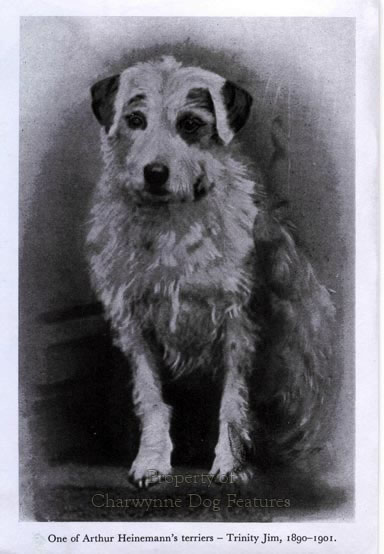
Arthur Heinemann, who was born in 1871 and spent most of his sporting life on Exmoor, continued Russell’s work, producing the famous Spider for use with the local Otterhounds. Heinemann, who judged the ‘Working Fox Terrier’ class at Crufts in 1909, introduced the Bull Terrier outcross, favouring a harder dog than the parson. Heinemann was seeking a fox-killer, Russell a fox-bayer. The country they hunted was renowned for its terriers. The smaller Fox Terriers could so easily have been named Devon Terriers; Miss Alys Serrell had an excellent kennel of respected workers there, all smooths. Her father had been a sporting parson and a friend of Russell’s, who gave him terriers. She wrote in her ‘With Hound and Terrier in the Field’ of 1904: “I like a terrier to be straight in the back, a dip in the shoulders being, to my eyes, a serious blemish. In coat, the smooth dog cannot be too thick and dense, the slightest appearance of softness being against him…There are Fox Terriers with heads so long and narrow as to leave no room for brains; so high on the leg they cannot go into a fox or badger earth without being crippled with cramp; or again so flat-sided as to have no stamina.” Her terriers were famous for their stamina. 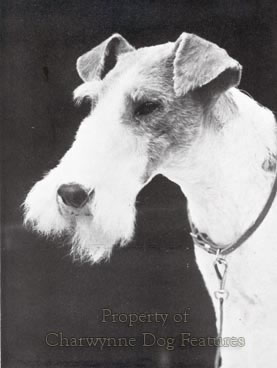
Shorter-legged, hound-marked hunt terriers could have gone to the show ring as Cowley Terriers, for Mr JHB Cowley of Callipers, King’s Langley, developed a magnificent strain of this type. His original stock came from the old Surrey Foxhounds and an influential bitch from Cornwall. He maintained his own stud book and attempted to breed to a set phenotype, something Parson Russell never did. But in the latter’s time, the Rev A Peyton of Doddington in Cambridgeshire had such working terriers too and they were the envy of every terrier-man who saw them, breeding true to type.
Round about 1890, an ‘Old English Terrier Club’ was formed seeking to draw attention to the hardy hard-bitten varieties of ultra-game terriers from the various country districts. The worthy people behind this club were well-intentioned and genuine enough in their zeal. But so often the best dogs brought forward in this way won their class at shows bearing the names of the pedigree terrier breeds emerging at that time. The superb sporting terriers bred by the two sporting parsons Peyton and Russell live on in the wire-haired Fox Terriers of today, Miss Serrell’s in the smooths; none of them sought a different breed. You could argue that if that situation was acceptable to Russell, then it should be good enough for us today.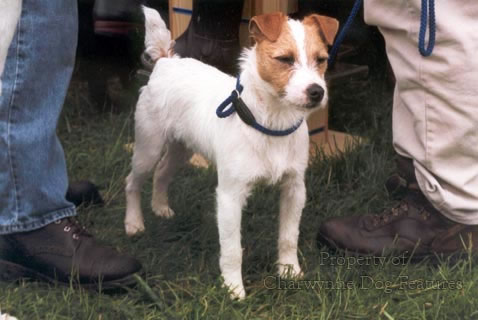
In his book Jack Russell and his Terriers (Allen, 1979), Dan Russell wrote: “The standard for a real Jack Russell terrier is that laid down by ‘Otter’ Davies, and one should not budge from it.” It was the description in fact of Trump, the parson’s first dog. This description demands a terrier the size of a full grown vixen fox, with straight legs, a thick close protective coat but not one with the profusion of the Scottie’s. But Dan Russell was adamant that the Jack Russell terrier ‘is not a breed, it is a type…’, mourning their ownership by townspeople, never given a chance to work. He wrote “By and large I think it would be a bad thing for the Russell type if it were recognised by the Kennel Club. We have seen what happens to other working breeds when the show people get hold of them…” But was there ever a distinct breed of terrier - with an identity clear enough for it to earn the title of the famous Devonian sportsman? Russell never sought to develop a breed but bred small, working, mainly white hunt terriers from Fox Terrier sources. Is his name being misused?